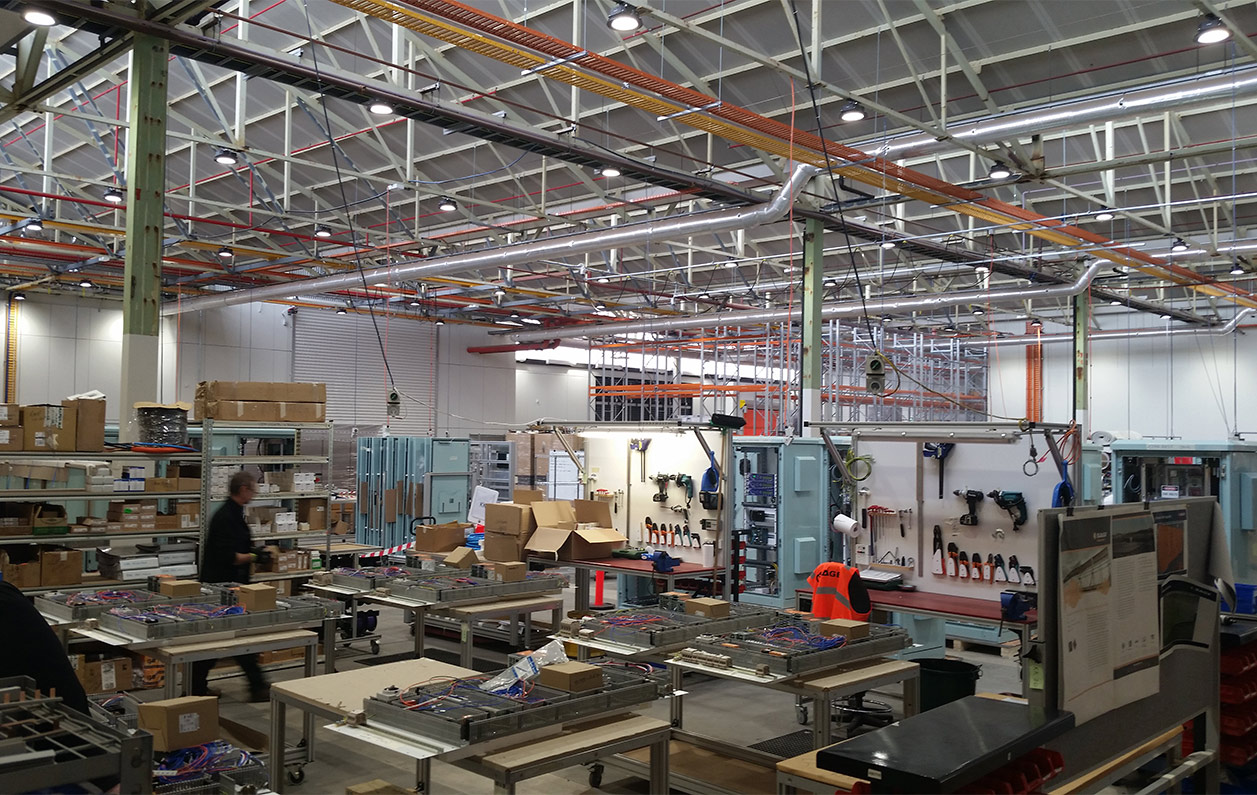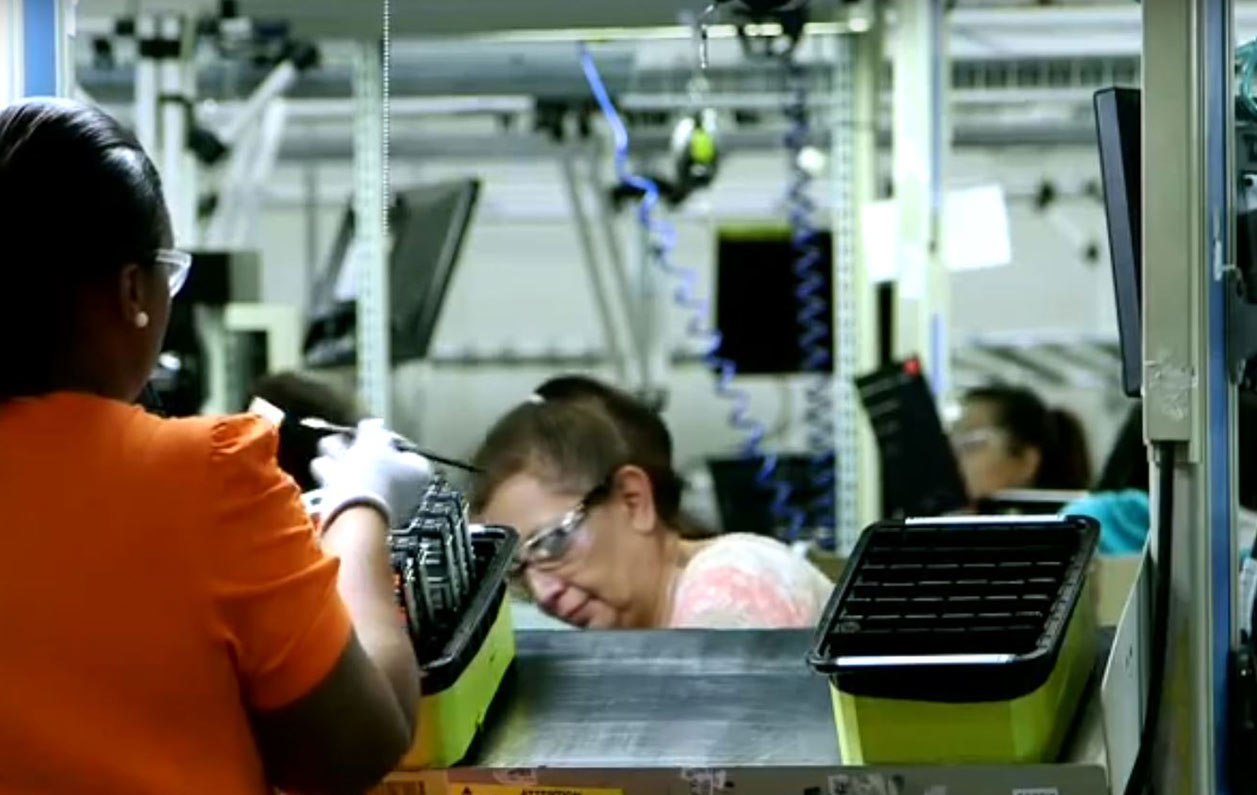Our previous blog outlined the first phase of the DMAIC (Define, Measure, Analyse, Improve, Control) process in Six Sigma: Define. In Define, you should have developed a problem statement, calculated the problem’s business impact and defined a goal.
In a previous blog post, we outlined the fundamentals of Six Sigma and why so many organisations from many different industries choose to pursue it. This blog will summarise how to execute the first phase of DMAIC: Define.
Six Sigma’s data-centric approach to process improvement has returned significant cost savings for organisations in manufacturing, food and beverage, finance, resources and medicine to name a few.
Downtime costs the world’s top companies billions in revenue every year. One report goes so far as to say businesses lose $84,000 to $108,000 USD for every hour of IT system downtime. Manufacturing is no exception.
We managed to pull Troy Hemmerling away from his busy role as Senior Project Manager - Defence to discuss his position at SAGE and gain insight into the ever changing world of automation in defence.
Over the past 50 years, lean manufacturing has taken the world by storm, transforming operations in industries like manufacturing, utilities and mining, all the way through to retail, IT and healthcare. So ingrained is this way of thinking, that it’s become a familiar concept among executives and management.
You may have seen how Agile Manufacturing is providing some answers for manufacturers operating in an increasingly globalised, technology-driven and customer-centric marketplace.
For anyone who is responsible for managing a manufacturing operation, the thought of a major breakdown event is enough to send your stress levels skyrocketing.
The manufacturing industry is undergoing rapid change thanks to a competitive global market, massive tech disruption and higher customer expectations for speed, service, quality and price.












